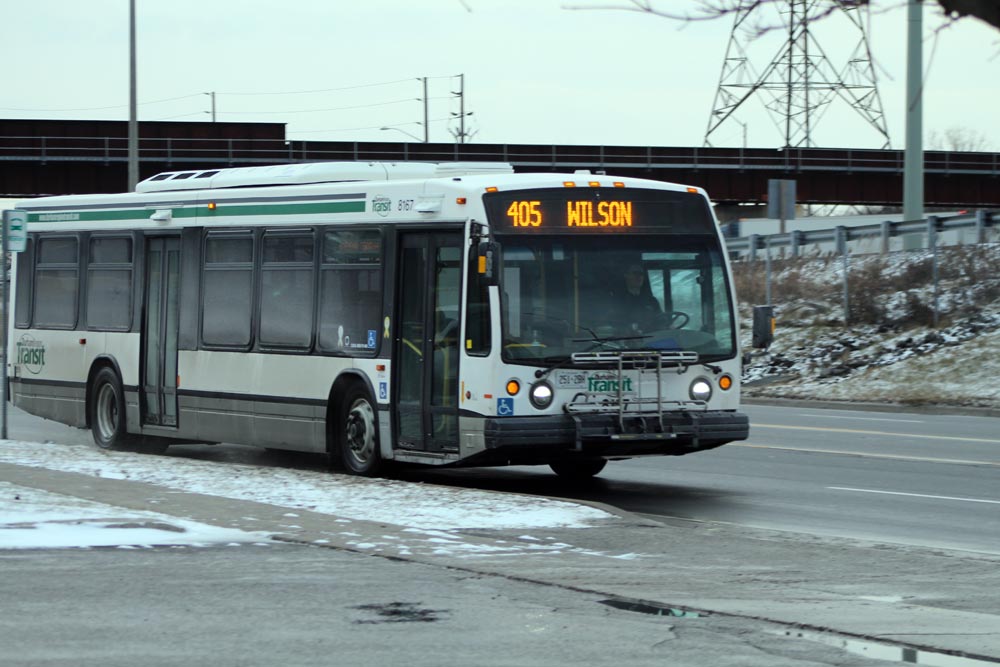Ridership dips for Durham Transit

The number of people riding public transit in Durham Region dropped for a second straight year in 2016, falling 0.5 per cent to just over 10.26 million passenger trips. A report presented at the latest meeting of the region’s transit executive committee says that while adult and senior numbers were on the rise, they were outdone by the decline seen among riders ages 13 through 19.
By Graeme McNaughton/The Oshawa Express
For a second straight year, the number of people riding the bus in Durham Region is on the decline.
According to the recently released annual performance report from Durham Region Transit (DRT), early numbers show that ridership dropped 0.5 per cent in 2016 compared to the year before, coming in at a little more than 10.26 million passenger trips.
Ridership numbers have been on the decline since 2014, when there were nearly 10.8 million passenger trips.
However, according to the report, one facet of the population is responsible for the slipping numbers – youth riders.
The performance report states that ridership for adults and seniors actually increased in 2016, but that those gains were overridden by the drop in riders aged 13 through 19.
Vincent Patterson, the general manager of DRT, says that the transit agency is meeting with local schools in an effort to get those numbers back up.
“We’re definitely gearing up to reach out more to the high schools. We recently had a meeting with the school boards to make sure that we provide the necessary information for families, to be aware of the choices available for the kids to go to school on DRT buses,” he says.
However, Patterson adds that the days of declining ridership may be coming to an end.
“We’re just on the brink of going back into growth mode,” he says, referring to numbers presented at a recent meeting of the region’s transit executive committee.
“We’re showing now, the first quarter of 2017, we had more ridership…than we had at the same time in 2016. We’re not in decline anymore. That’s behind us now.”
The report also finds that customer satisfaction among transit users is down, coming in at 72 per cent, or seven per cent lower than the highs seen in 2014 and 2015. The number of riders who view transit employees as “caring” or “very caring” was also down, falling to 76 per cent from 82 per cent.
Patterson says those falling numbers could be attributed to people wanting and expecting more out of their transit service.
“I think what’s going on, as far as the overall customer satisfaction that went down a bit this year, is that we have been setting expectations, recognizing that you are convenient and reliable with the more direct routes and more frequent service and what not. Now people might be expecting more of us in terms of customer service and a more comfortable ride and easier transfer points,” he says.
“That’s fair game, and we’ll definitely work on improving the various aspects of the overall journey at that end.”
While the performance report – the first annual report of this kind released by DRT – does show some declining numbers, Patterson says that the overall picture is looking good.
“For what we can measure so far, we’re doing alright,” he says.
“It’s encouraging for us to make sure that we roll up our sleeves and continue in the same direction.”
